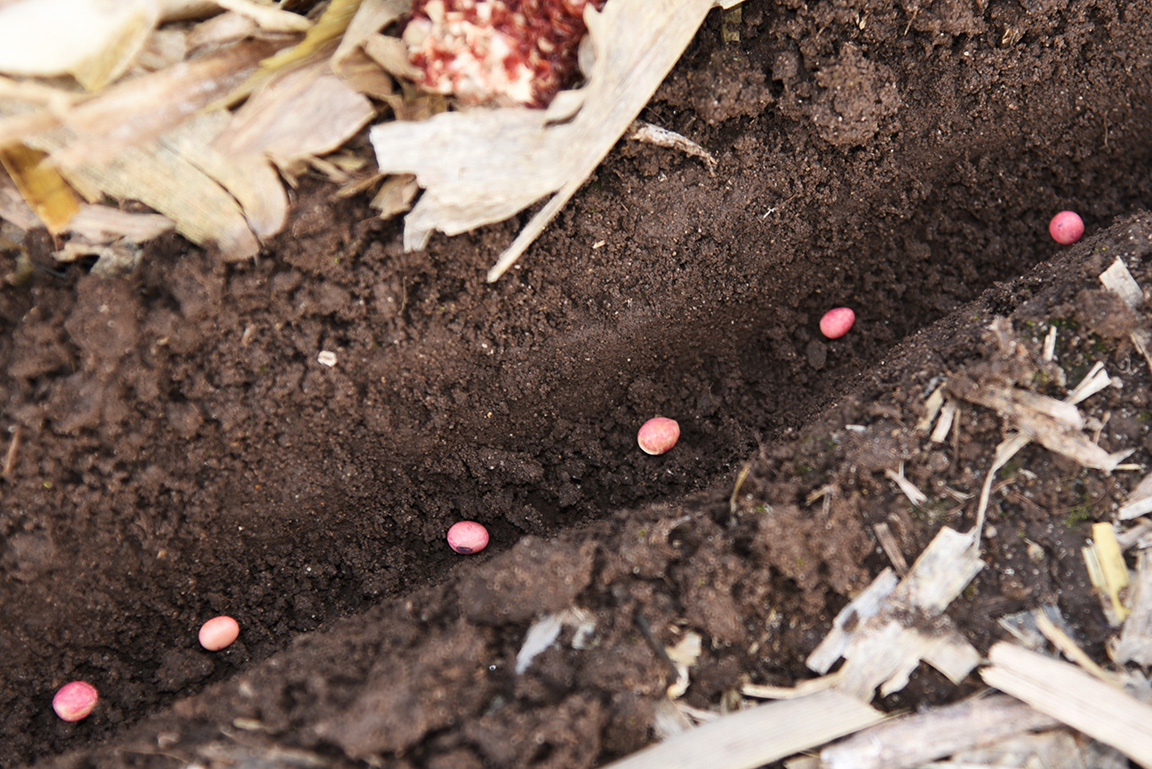As we close out a difficult 2019 growing season, growers turn their attention to seed orders for 2020. After choosing the correct hybrid/variety, the discussion quickly turns to seed treatments – in both corn and soybeans, there are a range of options usually led by one or more protectant fungicide modes of action and neonicotinoid insecticides.
While neonicotinoid seed treatments (NSTs)have a wide range of soil-dwelling and early season pests on the label in both corn and soybeans, the vast majority of those have historically been sporadic, occasional pests. Yet, the market for seed treatments in both crops has exploded in the last 10-15 years and almost all corn and the majority of soybeans are treated with either clothianidin (Poncho) or thiamethoxam (Cruiser). That rapid increase in use rates hasn’t been driven by pest outbreaks.
Led by Dr. Shawn Conley at UW-Madison, a group of entomologists, agronomists and plant pathologists recently published a meta-analysis including data from the major soybean-growing states in the US, with the goal of assessing whether neonicotinoid and fungicide seed treatments offer yield benefits.
Our analysis, spanning 12 years and 14 soybean-producing states, provided no support for the current levels of NST use in soybeans. On the contrary, our data indicated that this approach provides little to zero net benefit in most cases. This may be surprising to some, but remember that seed treatments are a form of insurance pest management. When you purchase them, you are betting that insect damage is likely to be severe enough to justify their cost. Add to that the consideration that any damage must occur in the first 2-3 weeks after planting, while insecticide levels in the plant remain high enough to kill insects. These data demonstrate that that is simply not the case very often in the principal soybean-growing regions of the country, including Indiana.
Without economic infestations of pests, there is no opportunity for this (or any) plant protection strategy to provide benefit to most producers. With NSTs in soybeans, soybean producers are purchasing insurance against pest damage that very rarely happens. Rarely doesn’t mean never, and knowing your specific field history and conditions remains the best approach to minimizing risks. But it’s clear that soybean producers are buying a lot of protection they just don’t need.
This is the largest study of its kind to date, and provides producers and pest managers food for thought as they decide if and where they want to cut input costs heading into the 2020 season. You can read the full paper here, or a summary extension publication here.



